Sweetening the Pony Pot: Price, Content Tweaks Coming to 2019 Chevrolet Camaro

We told you the other day how Ford’s Mustang reigns supreme in the domestic pony car crowd, at least in terms of volume, with Dodge’s Challenger serving as a delightfully archaic and stable-selling runner-up. That leaves Chevrolet to figure out how best to get buyers excited about its own entry.
Depending on trim, there’s a stable of new Camaro faces ( fascias, to be exact) arriving for 2019, but order guides show that would-be customers stand to save money, too. Especially if they can live without a V6.
According to guides seen by CarsDirect, getting behind the wheel of a base 2019 Camaro LS requires 905 fewer bucks than last year, with the trim stickering at $25,995 after destination. However, there’s no longer an option ($1,495) of moving up to the 3.6-liter V6 from the standard turbocharged 2.0-liter four-cylinder. If six cylinders is a must, you’ll need to move up to an LT.
Should you want to sap as much excitement from the driving experience as possible, the eight-speed automatic now becomes an option (again, $1,495) on the LS four-banger. It’s a late availability item, so don’t go looking for it at launch.
The price of upgrading your 1LT Camaro to V6 power hasn’t changed, but the model’s entry price has. For 2019, the 1LT drops $1,200 to $26,495 after destination. Digging a little deeper for that $1,495 option swaps the 275 hp, 295 lb-ft four for a potentially more satisfying six making 335 hp and 284 lb-ft. This option exists on the $28,495 2LT trim, which drops three grand from last year.
New for the coming model year is a 3LT trim that brings the V6 on board as standard kit. It’s basically just the 2LT with the upgrade engine, though you’ll have the option of adding a Convenience and Lighting Package (which vanishes from the 2LT options list). For the privilege of this content, GM asks $31,995. Certain interior color packages (Adrenaline Red, Ceramic White) also disappear from the 2LT.
It’s worth noting that 1LT four-cylinder buyers can add Chevy’s 1LE Track Performance Package to their rides for an additional $4,500.
And that’s where the pricing changes stop, as SS and ZL1 Camaros carry over their Monroneys for 2019. A 1SS coupe continues to retail for $37,995, while the 650 hp ZL1 stickers for $68,495. You’ll find the ZL1’s 10-speed automatic in the SS now, with line lock and launch control standard for those who like relaxing their left foot.
Will larger, more aggressive grilles and knocked-down pricing on volume models put some wind in the Camaro’s sails sales? Time will tell, but, as CarsDirect points out, there’s no shortage of existing incentives waiting for buyers of the outgoing model.
[Image: General Motors]

More by Steph Willems
Latest Car Reviews
Read moreLatest Product Reviews
Read moreRecent Comments
- Zerofoo @VoGhost - The earth is in a 12,000 year long warming cycle. Before that most of North America was covered by a glacier 2 miles thick in some places. Where did that glacier go? Industrial CO2 emissions didn't cause the melt. Climate change frauds have done a masterful job correlating .04% of our atmosphere with a 12,000 year warming trend and then blaming human industrial activity for something that long predates those human activities. Human caused climate change is a lie.
- Probert They already have hybrids, but these won't ever be them as they are built on the modular E-GMP skateboard.
- Justin You guys still looking for that sportbak? I just saw one on the Facebook marketplace in Arizona
- 28-Cars-Later I cannot remember what happens now, but there are whiteblocks in this period which develop a "tick" like sound which indicates they are toast (maybe head gasket?). Ten or so years ago I looked at an '03 or '04 S60 (I forget why) and I brought my Volvo indy along to tell me if it was worth my time - it ticked and that's when I learned this. This XC90 is probably worth about $300 as it sits, not kidding, and it will cost you conservatively $2500 for an engine swap (all the ones I see on car-part.com have north of 130K miles starting at $1,100 and that's not including freight to a shop, shop labor, other internals to do such as timing belt while engine out etc).
- 28-Cars-Later Ford reported it lost $132,000 for each of its 10,000 electric vehicles sold in the first quarter of 2024, according to CNN. The sales were down 20 percent from the first quarter of 2023 and would “drag down earnings for the company overall.”The losses include “hundreds of millions being spent on research and development of the next generation of EVs for Ford. Those investments are years away from paying off.” [if they ever are recouped] Ford is the only major carmaker breaking out EV numbers by themselves. But other marques likely suffer similar losses. https://www.zerohedge.com/political/fords-120000-loss-vehicle-shows-california-ev-goals-are-impossible Given these facts, how did Tesla ever produce anything in volume let alone profit?






















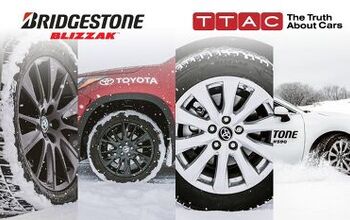

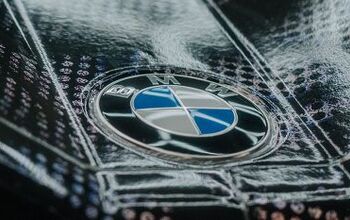
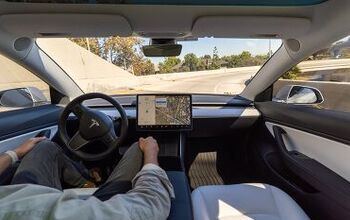

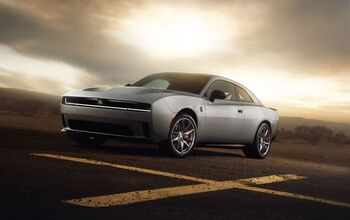

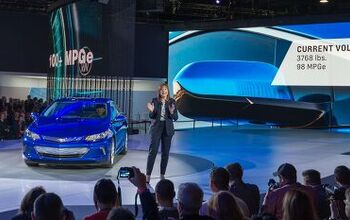
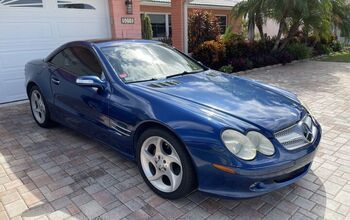
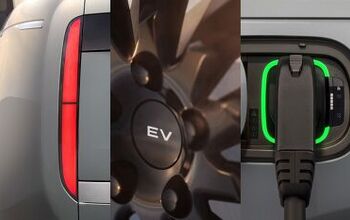
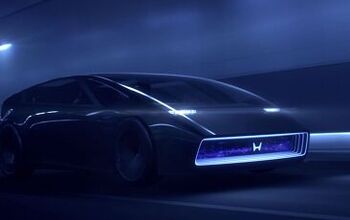
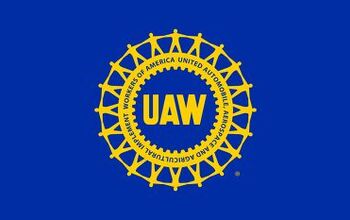
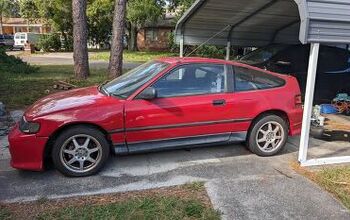
Comments
Join the conversation
The Camaro's sales fall intrigues me. It's wasn't very long ago where it was handily beating the Mustang with well over 100k a year sales. By all rights the new generation is a better performance car, and what they did to it is essentially what Ford did with it's revamp of the Mustang which rekindled interest in that car. Meanwhile the Challenger has retained the same shape and size and has sales remained steady. There are many simplistic explanations like "too small", "poor visibility" which were also largely true of the last gen, but don't sufficiently explain the complete turn away in interest. Perhaps it became too focused a performance car and alienated the secretary demographic that buys on looks but demands practicality.
If GM insists on the retro, base it off the IROQ-Z Pony Car buyers have been letting GM know (loudly) it's time to ditch the cartoonish Camaro and go with a "clean slate" design. for at least 5 years. Some subtle retro "cues" would be fine, but like the PT Cruiser and Beetle proved, you can only take the theme so far, regardless of initial smash success. Vanilla Ice was a smash success, but how many ways could he remix "Ice Ice Baby"?